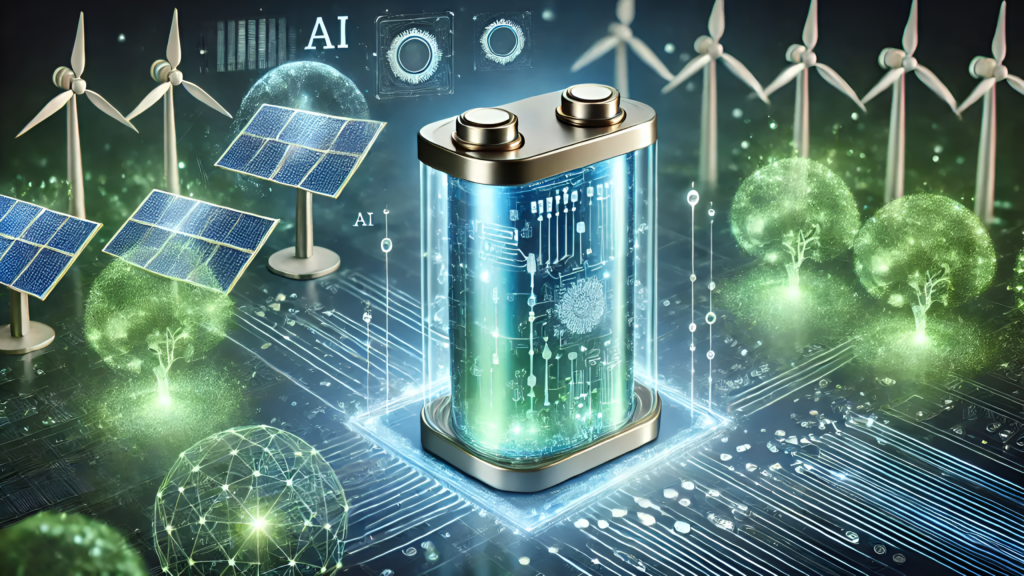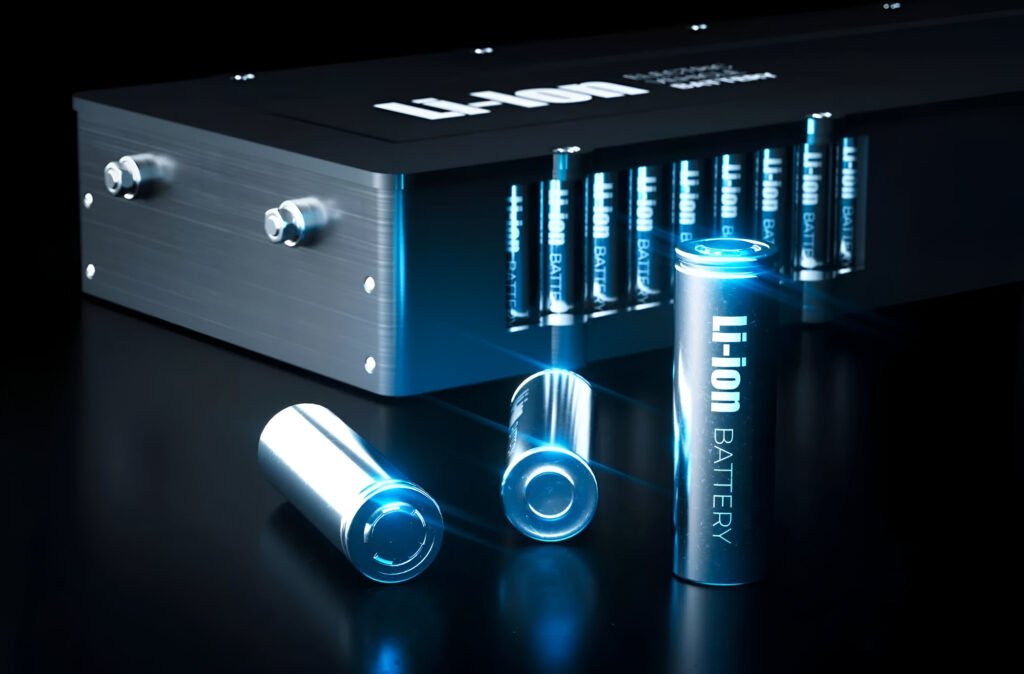
Advancement in Energy Storage with Hybrid Anode Technology
Energy storage has seen recent development with the technology of hybrid anodes which will improve the capabilities and effectiveness of lithium-ion batteries. Such advancements solve problems related to battery capacity and charging speed making it ideal for use in electric vehicles, renewable energy systems, and portable electronic devices.
Graphite Li-Ion Batteries: A New Form of One, All Purpose Gadget
Most lithium-ion batteries are built using graphite as the anode which is both useful and stable over time. However, the energy capacity or density is lacking which impacts the operating range of EVs. Consequently, researchers have turned their attention to other forms of anodes that store significantly more lithium ions and enable rapid charging.
Silicon’s Rise As Dominant Energy Storage Solution
Silicon has surfaced as an excellent choice for next-generation batteries because of its theoretical limit of 3,600 mAh/g compared to graphite’s 372 mAh/g. With that, the energy requirements of devices would be safer without impacting their usability or performance.
Nonetheless, the practical uses of silicon have been limited by its ability to expand and contract with charging and discharging, causing it to weaken structurally and reducing the lifespan of the battery.
Weaknesses of the Silicon Anode: Uniting Multiple Facets
Silicon’s shortcomings can be solved with the aid of other materials, so researchers are now working on hybrid anodes that blend silicon with other elements. The development of anodes made of porous silicon is a significant advancement. These anodes incorporate a porous framework which assists in offsetting the mechanical stress caused by volume changes of silicon during cycling, thus greatly improving its lifespan. Such an approach is believed to improve durability and capacity of lithium-ion batteries.

Silica-carbon composites mark another important development. Group14 Technologies came up with SCC55, a silicon-carbon composite that outperforms standard graphite anodes by 50% in volumetric energy density. These materials combine carbon’s great conductivity with silicon’s ability to achieve high volumetric energy density while keeping its integrity intact during cycling.
Applications in the Real World and Effects on Industry
The developments regarding hybrid anode technology are not limited to the laboratory setting because they are already impacting industries. For example, Sila Nanotechnologies is working with Panasonic to develop EV batteries with silicon powder in them which is said to drastically improve battery efficiency. According to claim, Sila’s Titan Silicon anode powder allows batteries to hold more energy, increasing the distance electric vehicles can travel on a single charge to is 500 miles, while also needing only ten minutes of charging time.
Moreover, Paraclete Energy has developed SILO Silicon, an advanced silicon anode material technology that is said to change the lithium-ion battery market for electric vehicles. This technology provides energy densities of more than 300% when compared to traditional graphite anodes, and surpasses competing silicon anode technologies by more than 200%. These types of technological developments are important for increasing the driving range of electric vehicles, reducing the amount of time they require to charge, and therefore increasing the rate of adoption.
Future Prospects and Sustainability Considerations
Transitioning to hybrid anode materials also moves toward sustainability goals. Silicon is more abundantly available and less damaging to the environment than graphite, making it a more sustainable option. Furthermore, increased energy density and efficiency of hybrid anodes can lead to smaller, lighter batteries which can increase fuel efficiency and reduce waste.
The need for high-performance batteries, specifically with regard to the integration of renewable energy and electric mobility, signals a need for the development and implementation of advanced anode materials. Collaboration among industry, scholars, and policymakers will be necessary to harness the full potential of these innovations, as ample research is still needed.
Conclusion
The development of hybrid anodes marks another step forward in the development of energy storage systems. Improvements in traditional materials such as the integration of silicon into composites and innovative structures greatly unlock new potential, resulting in more efficient, durable, and sustainable batteries that are easier to produce. When fully developed, these technologies will be able to change countless industries and aid in the construction of a sustainable world.











